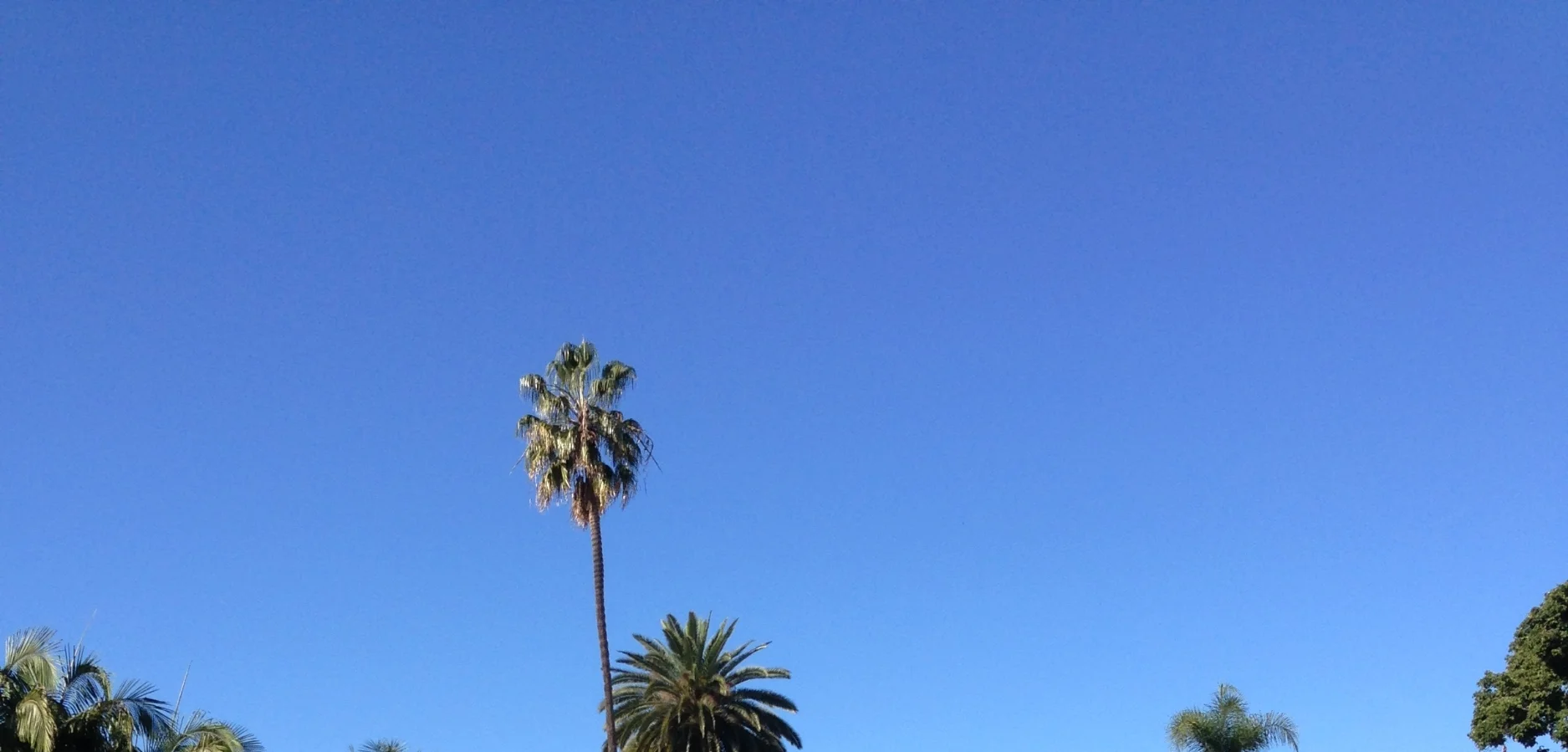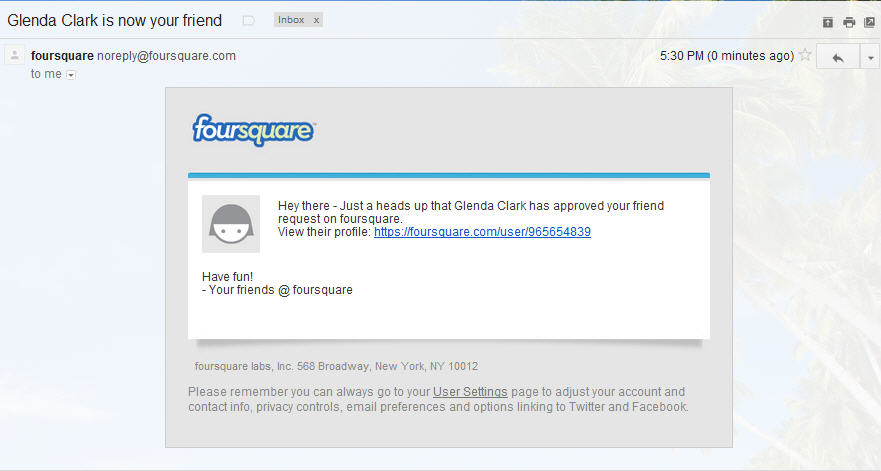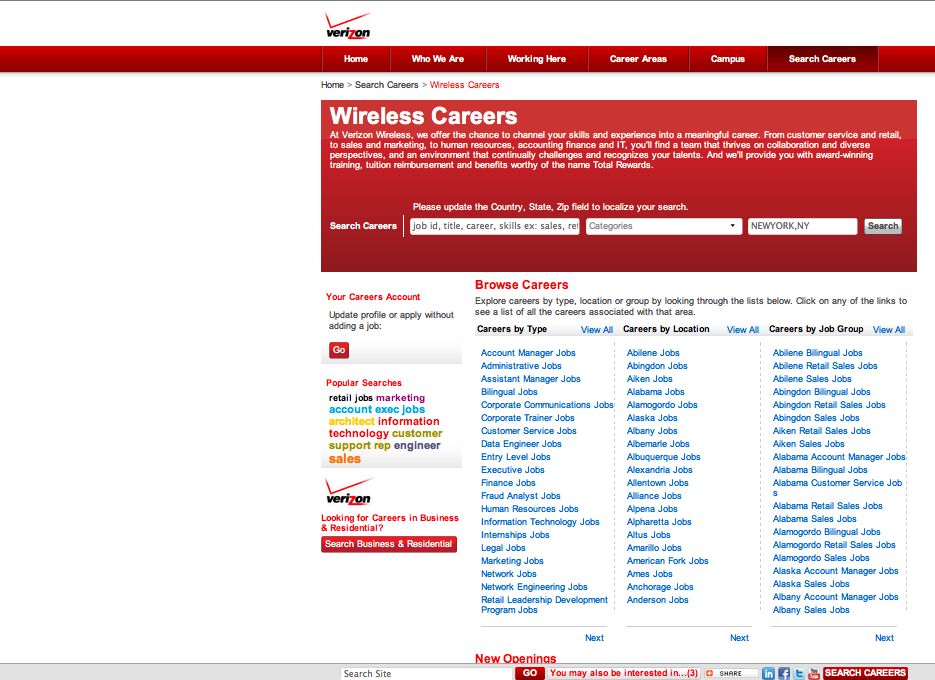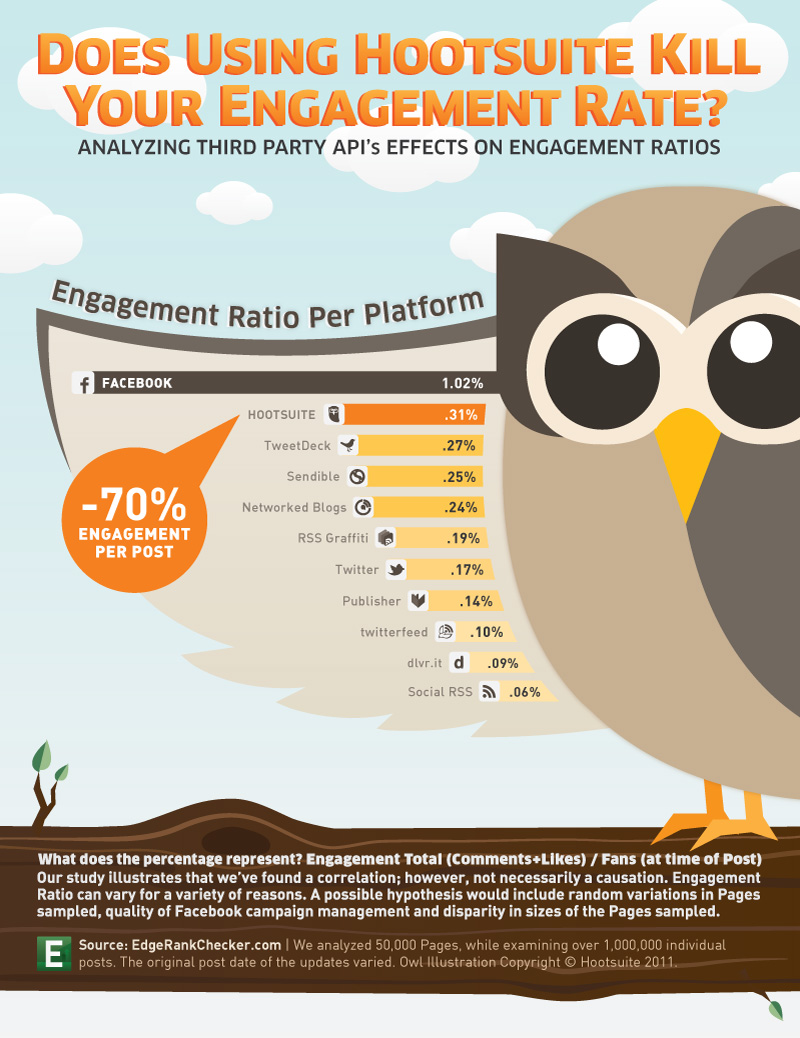iden·ti·ty. noun \ī-ˈden-tə-tē, ə-, -ˈde-nə-\: the distinguishing character or personality of an individual -Merriam-webster.com
I suggested in my previous post about identity networks that Behavior Networks have certain properties.
But what about Identity networks?
Identity networks are primarily networks of connections, not content. Even though content rides on top, identity (friends, co-workers, classmates, teammates etc) is defined by connections between users are the primary organizing principle.
Behavior networks don't need to or even really care to store your data of this variety. To some degree, this is about the maturity of the network itself. Path is well-funded, and doesn't necessarily need to generate revenue - it is focusing on creating a product people love. It is also riding the tide of people who think identity networks are too powerful.
This property of identity networks is quite interesting. Who is the customer, from Facebook's perspective? Depending on your point of view, the customer is the one who pays (the advertiser) or the user (the person who registers an account for their identity). What if those two groups do not want the same thing? So identity networks are constantly seeking to grow revenue without alienating users, who produce the inventory for sale to advertisers.
The inventory is connections, and content, and the trackable data within the network, and we are now at the point where users have more control, but also less power in this equation. They have more discrete levels of control over their information, but less aggregate power: their information remains on the site. The business of Facebook marketing seeks endlessly to grab data from users, turn it into inventory and find willing bidders for that inventory.
LinkedIn is Facebook's strongest rival identity network. LinkedIn has added many more content behaviors than I really thought possible, but it has proven its staying power and has a commanding advantage in terns of data that is increasingly an opportunity for display advertising and the emerging corporate pages that employees are now connecting to. What remains under-leveraged is the extension of LinkedIn's identity network into the physical and corporate IT environments. I'll do a separate post about some strategic opportunities along those lines for LinkedIn.
The value of a network increases exponentially with the number of people (nodes) and the number of connections between them, but as users become aware of the power dynamic in which they stand, value is being drained out of the network. This is first reputational damage done by privacy scandals and the like, and subsequently by users who defect to behavior networks or leave the social world altogether. this is why Facebook runs aggressive re-engagement campaigns for users who have not logged in regularly.
Path is somewhere between a behavior and identity network, and seems chastened by the address book privacy scandal from just a few months ago. In fact, if you go back to the launch of Path's app "With" which had a very simple photo sharing mechanic for sharing who you are With, Path lets us know they are in the business of building networks:
as we continue our quest to build new types of networks which maintain their quality over time, we have been fascinated by the idea of an interaction network. Or, as we enjoy calling it, the With Graph.
Interaction networks, or behavior networks, can be discrete products, to test features and bring a feature set clearly into focus before adding it into a product. It's clear that this ethos is infused within Path, as many have discovered. Check out Path's About web page - which I have labeled below; the lesson: don't build when you can get all of the functionality without woorying about the infrastructure?

These are just some of the issues that companies struggle with. Do we build our own networks, or extend others? Do we have the ability to trust business partners to host our content, and critical utilities, when they are focused, precise, but not under our control? One of the side effects of a services-oriented world, in which marketing services are delivered by a multitude of vendors and in-house solutions, is that identity and behavior networks can be easily adopted into the marketing ecosystem - will it be you, or your competitor who gets there first?
Foursquare has a better shot at being a location-enabling platform, and it is doing a great job of expanding the behaviors - from check-in to discovery - that can be built with the network. It could become a centralized clearinghouse of your place in physical space, enabled with your permissions and enriching digital interactions. Foursquare's connections are transmit location information, which has different sensitivities, and it's been harder for other social networks to effectively create location-sensitive content filters. The rich opportunity for serving deals and enriching merchant relationships arising from actual, physical visits and commerce. Perhaps Foursquare could a platform for retail commerce, featuring payments and offering retailer CRM opportunities..but it will have to become a stronger Identity network in order to do so.
I will address ways to profit from this tension between behavior networks and identity networks, and how to effectively leverage behavior networks, in a future post.









